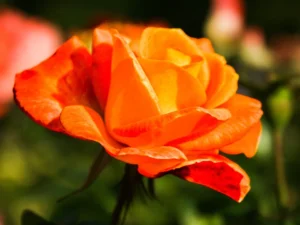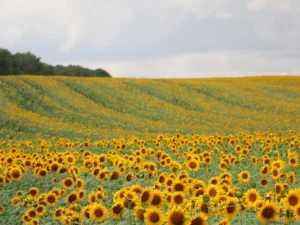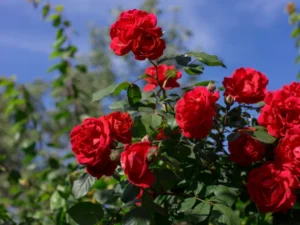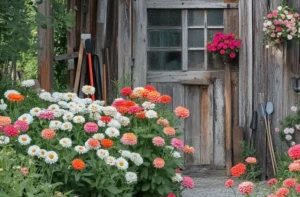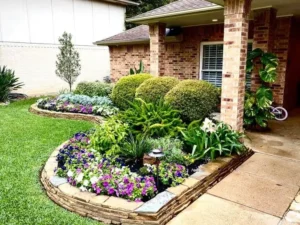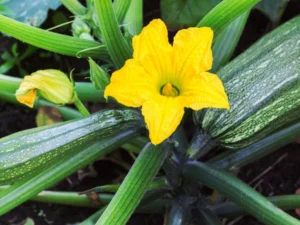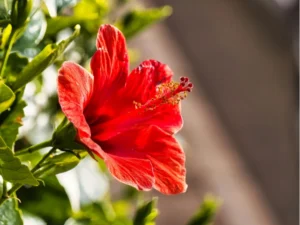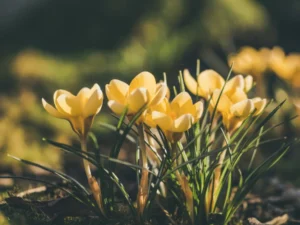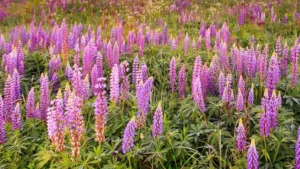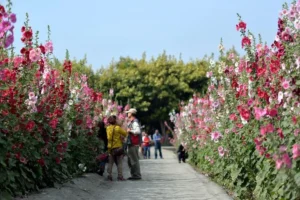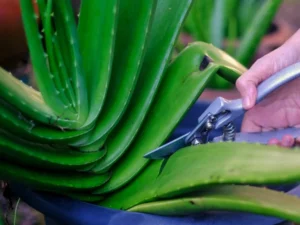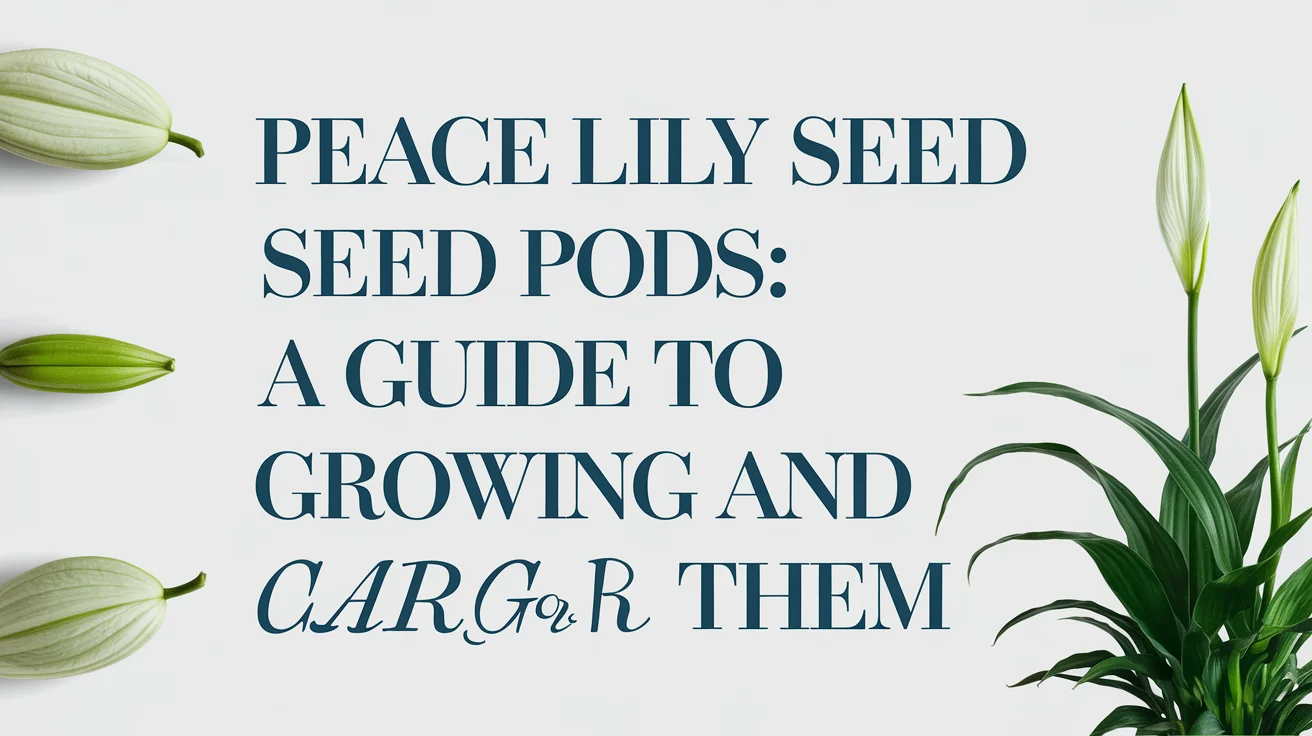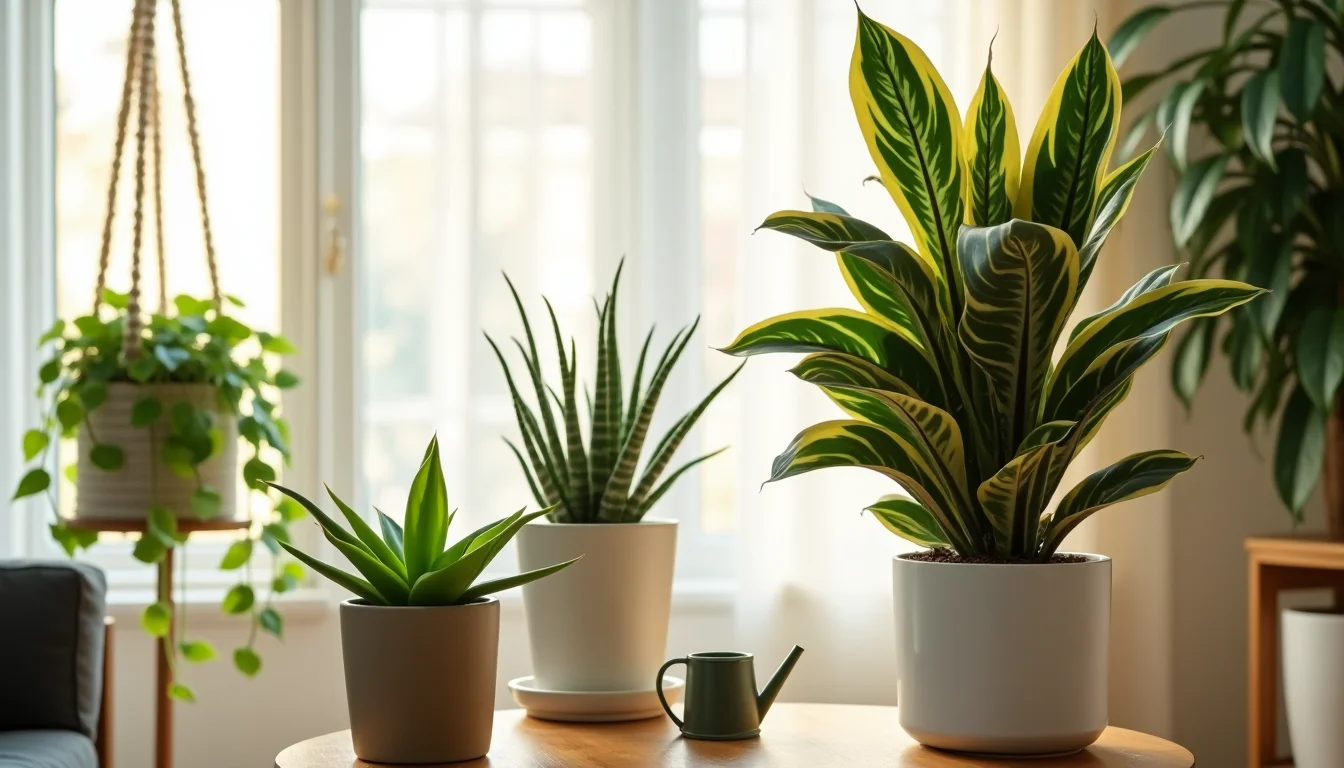Designing a garden that feels inviting and colorful begins with selecting the right plants for flower bed arrangements. A well-planned flower bed not only enhances the beauty of your outdoor space but also creates a peaceful environment. With the right plant choices, you can enjoy year-round color, texture, and fragrance.
Why Choosing the Right Plants for Flower Beds Matters
A flower bed is more than just a cluster of plants; it is a structured design that highlights your garden’s personality. Choosing the right plants ensures:
-
Seasonal blooms for year-round color
-
Improved soil health and biodiversity
-
A low-maintenance yet striking landscape
Popular Types of Plants for Flower Bed Arrangements
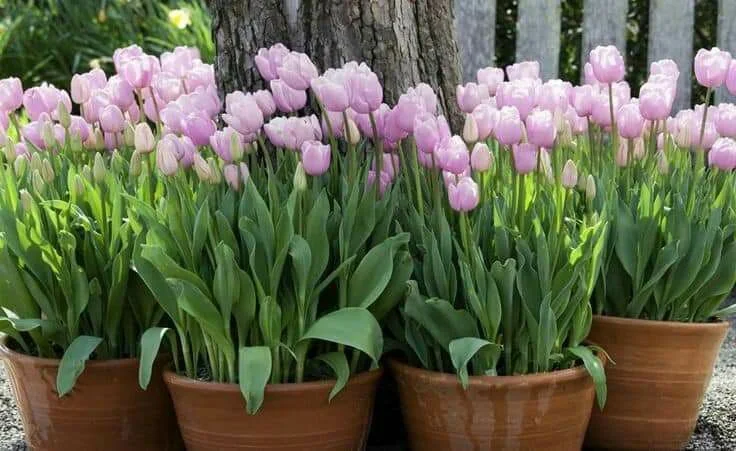
Perennials – Long-Lasting Beauty
Perennials return each year, making them a reliable foundation. Popular choices include lavender for fragrance, hostas for shade, and daylilies for vibrant color.
Annuals – Seasonal Color Boost
Annuals last one season but provide intense color. Marigolds, petunias, and impatiens are excellent for filling gaps and brightening flower beds.
Shrubs – Structure and Texture
Shrubs add greenery and depth. Boxwood, hydrangea, and azalea are popular picks that complement flowering plants.
Bulbs – Seasonal Surprises
Bulbs offer bursts of seasonal beauty. Tulips, daffodils, and lilies are ideal for spring and summer displays.
Tips for Plant Arrangement
-
Layering: Place taller plants in the back and shorter ones in front.
-
Color Balance: Mix warm and cool tones for variety.
-
Seasonal Rotation: Select plants that bloom in different seasons.
Maintaining Plants for Flower Beds

To keep your flower bed thriving, consistent care is essential. The right maintenance not only keeps plants healthy but also ensures they continue to bloom beautifully across seasons.
Water Consistently but Avoid Overwatering: Most plants prefer moist but well-drained soil. Water early in the morning to reduce evaporation and give roots time to absorb moisture. Overwatering can cause root rot, so check soil moisture before watering.
Prune Regularly to Encourage New Growth: Trimming faded flowers and dead leaves helps the plant focus energy on new blooms. Perennials, in particular, benefit from seasonal pruning to stay strong and productive.
Add Mulch to Retain Moisture and Prevent Weeds: A 2–3 inch layer of organic mulch, such as bark or compost, regulates soil temperature, reduces weed growth, and improves soil fertility as it decomposes.
Fertilize to Support Healthy Blooms: Use a balanced, slow-release fertilizer during the growing season. Flowering plants often need additional phosphorus, which promotes larger and more vibrant blooms. For gardeners who prefer container gardening, learning about the best methods of planting flowers in pots can further enhance growth and ensure continuous blooming.
Control Pests and Diseases: Regularly inspect leaves and stems for insects or fungal spots. Natural solutions like neem oil or companion planting can help reduce problems without harsh chemicals.
Rotate Seasonal Plants: Refresh your flower bed by rotating annuals and bulbs with the seasons. This prevents soil exhaustion and ensures that your garden always looks lively.
Improve Soil Quality Over Time: Incorporate compost or organic matter each year to enrich the soil and encourage strong root development. Healthy soil is the foundation of a flourishing flower bed.
With these maintenance practices, your flower bed will remain colorful, structured, and full of life throughout the year.
Seasonal Planting Ideas

-
Spring: Tulips, daffodils, hyacinths
-
Summer: Sunflowers, zinnias, geraniums
-
Autumn: Chrysanthemums, asters, ornamental kale
-
Winter: Holly, camellias, winter jasmine
Rotating seasonal plants keeps your garden lively throughout the year.
Common Mistakes to Avoid
-
Overcrowding plants, which limits growth
-
Relying on only one type of plant
-
Ignoring sunlight requirements
FAQs
What are the easiest plants for flower beds?
Marigolds, daylilies, and petunias are low-maintenance and reliable.
How do I keep my flower bed blooming all year?
Combine perennials, annuals, and bulbs, and plan seasonal rotation.
Can shrubs and flowers be planted together?
Yes, shrubs provide structure while flowers add vibrant color.
What soil is best for flower beds?
Loamy soil with good drainage and organic matter works best.
Conclusion
Selecting the right plants for flower bed arrangements transforms your outdoor space into a lively and inviting retreat. Moreover, by combining perennials, annuals, shrubs, and bulbs, you can create seasonal variety and lasting structure. In addition, thoughtful layering ensures balance, and as a result, your garden looks professionally designed.
For example, perennials provide reliability, while annuals add bursts of color. Consequently, every season feels vibrant and fresh. Similarly, shrubs add structure, and bulbs deliver delightful surprises. Furthermore, proper planning helps avoid overcrowding and ensures healthy growth.
Meanwhile, regular care keeps plants strong and blooming. And when it comes to maintenance tasks such as repotting aloe vera or refreshing container plants, the same principles of planning and care ensure your arrangements thrive year-round.
Overall, flower beds remain appealing when design and maintenance go hand in hand. Specifically, watering, mulching, and pruning support lasting beauty. In fact, even beginners can achieve professional results with the right plant mix. Nevertheless, avoiding common mistakes like ignoring sunlight is essential. Instead, focus on balance and soil quality.
Certainly, these practices make gardening simpler and more rewarding. Above all, the right plants bring peace and joy to your outdoor space. Likewise, rotating seasonal flowers ensures constant color. Finally, with consistent attention, your flower bed will thrive year after year. Because smart choices lead to long-term success, you can enjoy a garden that is colorful, structured, and welcoming in every season.


